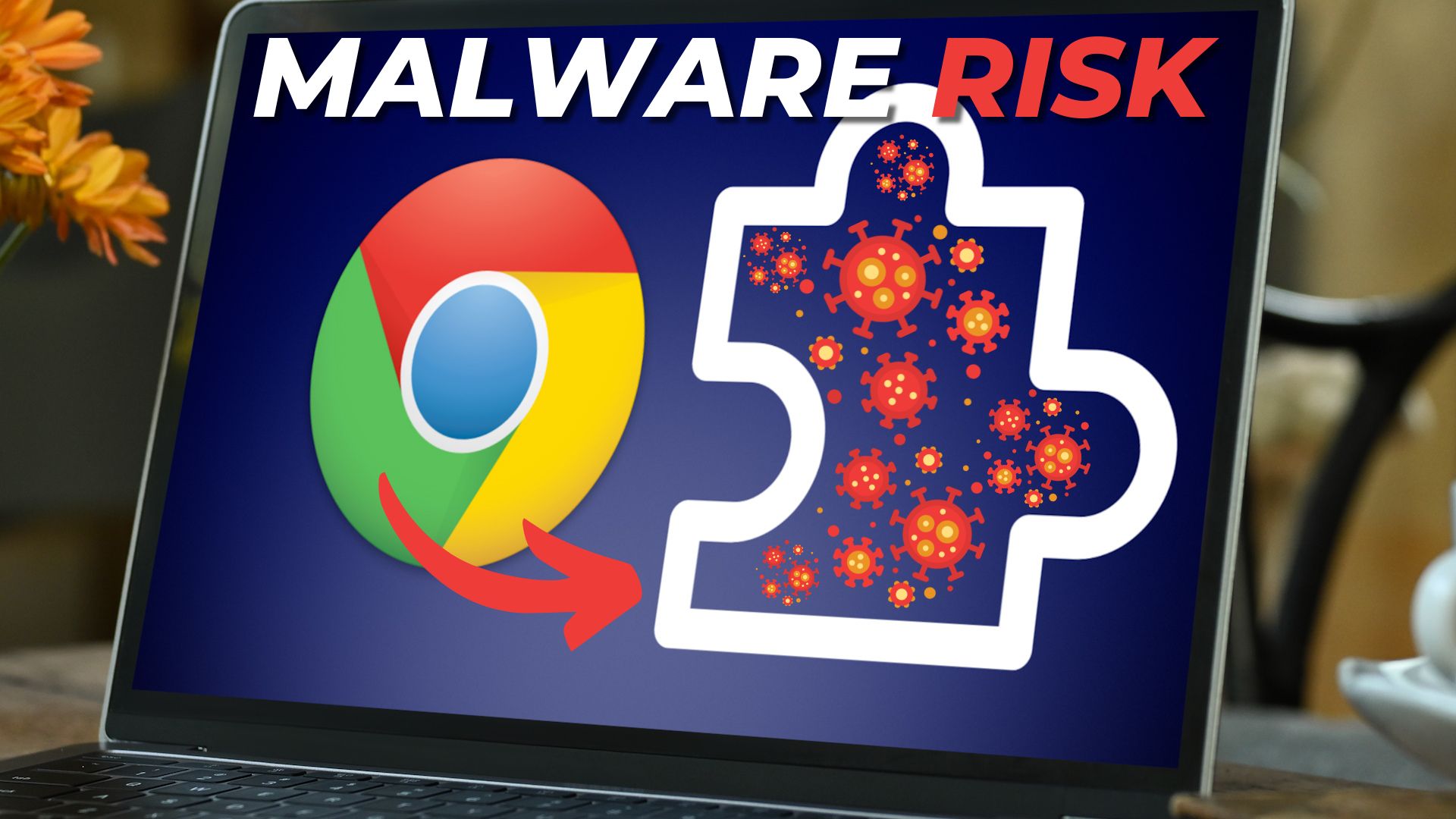Unlock the Full Potential of Google Chrome While Staying Safe! 🚀
If you use Google Chrome or Microsoft Edge, you’re probably familiar with the magic of extensions (Edge is built on the Chrome core and uses the same extensions). These handy tools can supercharge your browsing experience, from blocking annoying ads to keeping distractions at bay.
Extensions are incredibly popular because they pack your browser with functionality. But just like you wouldn’t download just any app on your phone, you need to be cautious when adding new extensions to Chrome. Why? Because some come with a hidden danger: malware.
Malware, short for malicious software, is any program designed to wreak havoc on your computer, server, or network. Cybercriminals use malware to steal data, hijack systems, and even empty your bank accounts.
With Google Chrome commanding about 65% of the global browser market, it’s the top choice for many—and a prime target for cyber criminals. While some attacks exploit the browser’s vulnerabilities, many rely on malicious extensions to infiltrate your system.
Even though Google keeps a close eye on the Chrome Web Store, the risk persists. A recent report found that 280 million people installed malware-infected Chrome extensions between July 2020 and February 2023. That’s a staggering number, underscoring the need for vigilance.
Shockingly, many malicious extensions stayed on the Chrome Web Store for an extended period. On average, malware-filled extensions lingered for 380 days, while those with vulnerable code remained for about 1,248 days. One particularly notorious extension was downloadable for a whopping 8 and a half years before being removed!
So, how can you safeguard yourself and your business from these dangerous extensions? Here are five steps to keep you safe:
1. External Reviews: Since ratings and reviews on the Chrome Web Store aren’t always reliable, check trusted tech sites for external reviews to gauge an extension’s safety.
2. Permissions: Be wary if an extension asks for more permissions than necessary. If it requests extensive access to your data or system, consider it a red flag.
3. Security Software: Use robust security software to catch malware before it can cause damage. This is your last line of defense if you accidentally install a malicious extension.
4. Necessity: Think twice before installing any new software or browser extensions. Often, you can achieve the same functionality by visiting a website.
5. Trusted Sources: Only install extensions from trusted sources or well-known software providers. This significantly reduces the risk of downloading a harmful extension.
Remember, Chrome’s popularity makes it a target for cyber criminals. Google’s security team works tirelessly to ensure extensions are safe, but your vigilance is crucial. Stay informed, stay safe, and keep your browsing experience secure and enjoyable! 🌟







